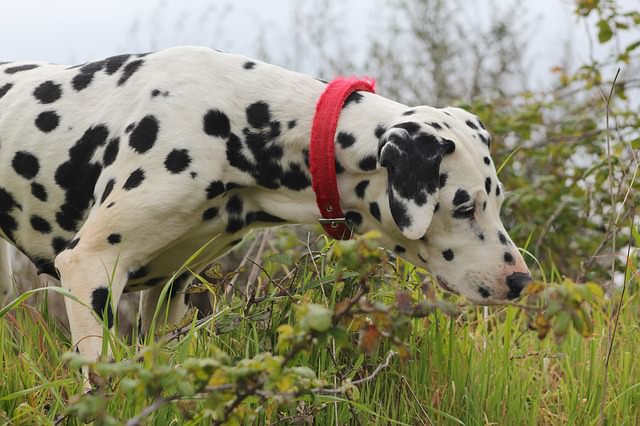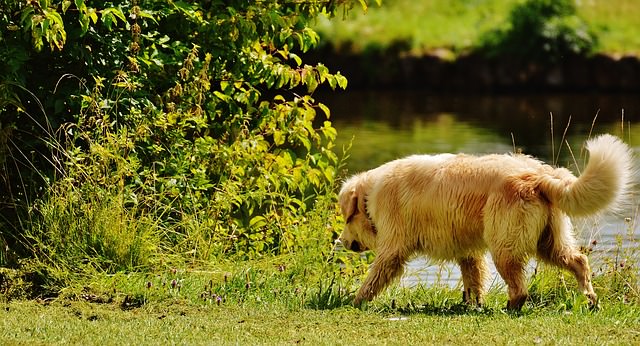Poison Ivy, sumac, and oak are some of the downsides of summer. They are pretty common in the US and Canada. They belong to the family that also includes cashews – I guess every family has “those” relatives! The plants contain an oil called Urushiol that causes an allergic reaction in 90% of people. It can cause a rash in pets too, especially dogs because they have areas of their bodies that are not thickly covered by hair (like the belly).

Not Contagious…well, not exactly.
People think that Poison Ivy rash is contagious from pets to people and this is not exactly the case. Once there is a rash, even if the blisters break and ooze, the drainage cannot spread the reaction. Where spread can occur is if your dog or cat passes through or rolls in the plants and has the urushiol oil on his/her coat. Then when you touch the fur, you can become exposed.
It takes a very small amount of urushiol to cause a reaction in most people and the oil can linger for a long time. Pets are not quite as likely to develop the rash from urushiol as people because the hair coat is somewhat protective, but if your pet has a rash of any kind, it is wise to see a vet. Rashes in pets can be caused by many things that are much more common than Poison Ivy and can get infected easily.

Don’t worry.
Direct contact with the oil is required for the reaction in pets and people, so you can’t get it just from being near the plants. If you think that your pet has been exposed to the oil and could have it on them, wear gloves and long sleeved clothing while you head for the bath tub. Avoid contact with your skin and bathe them at least twice with shampoo and rinse thoroughly.
With proper veterinary care, even affected pets can recover without issues, but unfortunately, because of the delayed reaction (it can take up to 10 days before the rash develops), your pet will not learn to avoid the plants. You will have to be the vigilant one for both of you.
